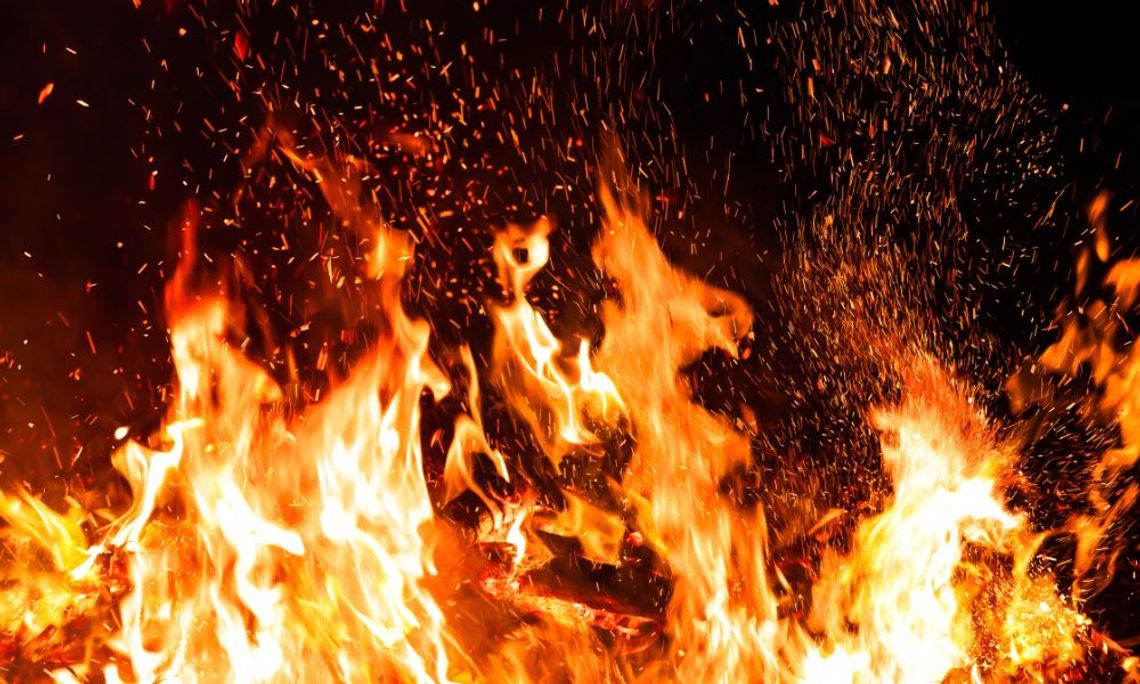It can be easy to confuse active and passive fire protection types when you’re trying to utilize both in your building. Both types of fire prevention are important for the safety and security of your building. Here’s what to know about active vs. passive fire protection while planning and outfitting your building with fire security.
Basics of Active Fire Protection
Active fire protection is fittingly named because these methods require an action to help put out a fire. This action could be manual, such as using a fire extinguisher or triggering a fire alarm, or it could be automatic, such as a smoke detector and a fire sprinkler system. Some other common examples of active fire protection include water hoses, fire blankets, and even firefighters. Any type of fire protection that requires an action to activate is considered the active type.
Basics of Passive Fire Protection
You can consider passive fire protection as any safety methods that are always actively employed. Builders and contractors often integrate passive fire protection into structural building materials to prevent the spread of a fire. For example, fire-resistant paints such as intumescent coatings help protect buildings from fire by creating a fire-retardant foam that expands around building materials. Other examples of passive fire protection include fire doors, fire windows, and other fire-resistant coatings.
Differences Between Active and Passive Protection
The main difference between active and passive fire protection is how they come into play during a fire event. You will need to either trigger or manually activate the first category of fire protection, while passive methods stop the spread of fire on their own. You don’t need to activate intumescent coatings to protect the structural materials in your building—they are always there, ready for the event of a fire. While these two fire protection categories have their differences, both are crucial to the safety and structure of any building.
Now that you know the differences between active and passive fire protection, you’re able to better understand the role that each type of safety measure plays in building security. As a contractor or builder, never forget both of these types of important fire safety measures.


Comment
Comments